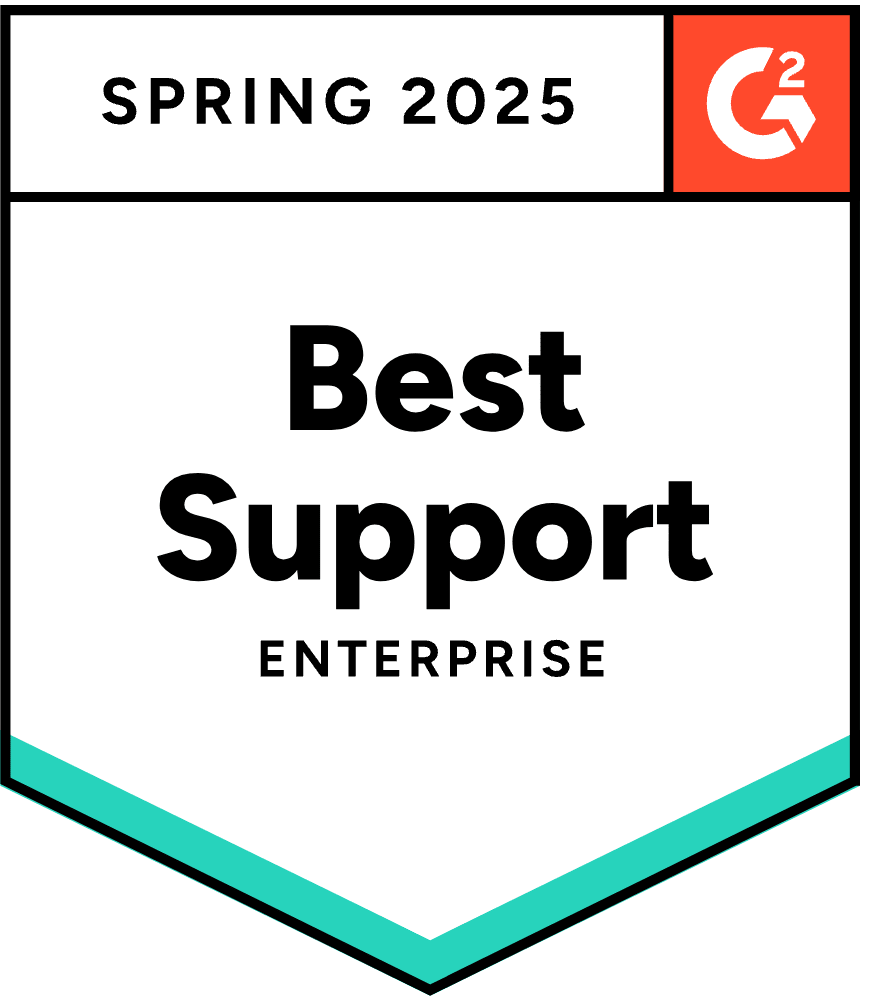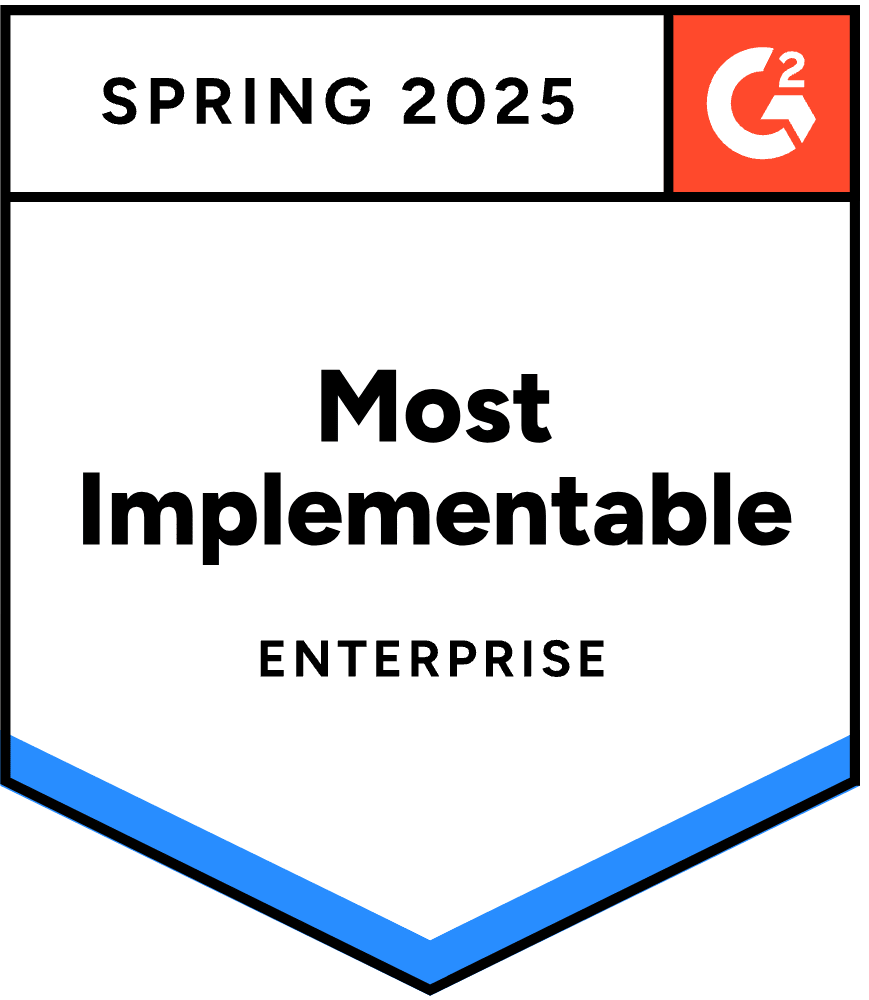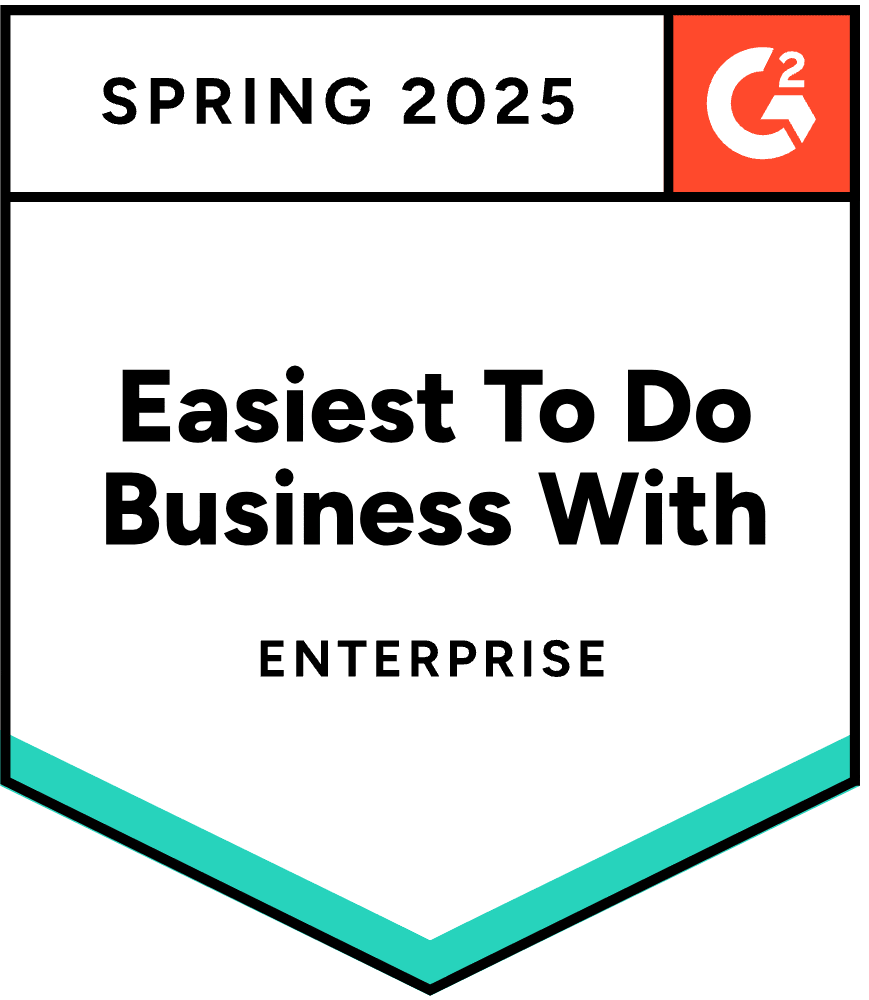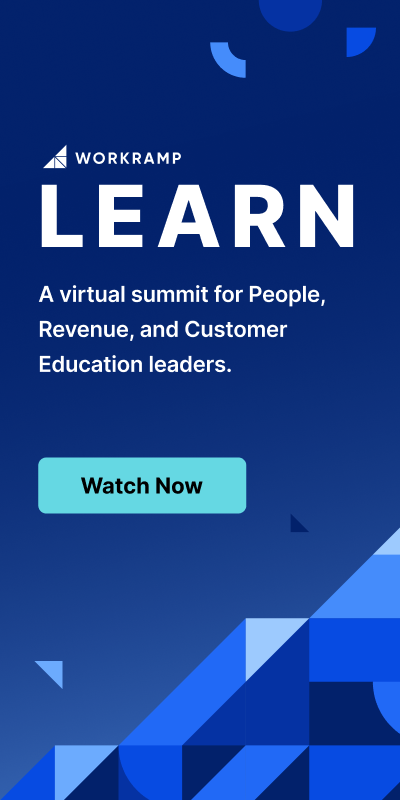You might also like
Revenue Enablement
Build an effective sales enablement strategy with these tips
Sales enablement is critical to provide tools, technology, and content to help your sales reps. Make sure your enablement strategy includes these elements.
Revenue Enablement
5 Tips to help you network like a pro
Networking and enablement go hand in hand. Learn how networking can help you advance your enablement career and find effective tactics and fresh ideas.
Revenue Enablement
Empower your sales team and maximize your revenue
Having practical, actionable strategies can help you improve sales quickly–and if implemented right away, you may see the difference this year.
Decrease Ramp Time and Increase Revenue
Get in touch to learn how WorkRamp can help you achieve your learning and development goals.
Request a Demo




